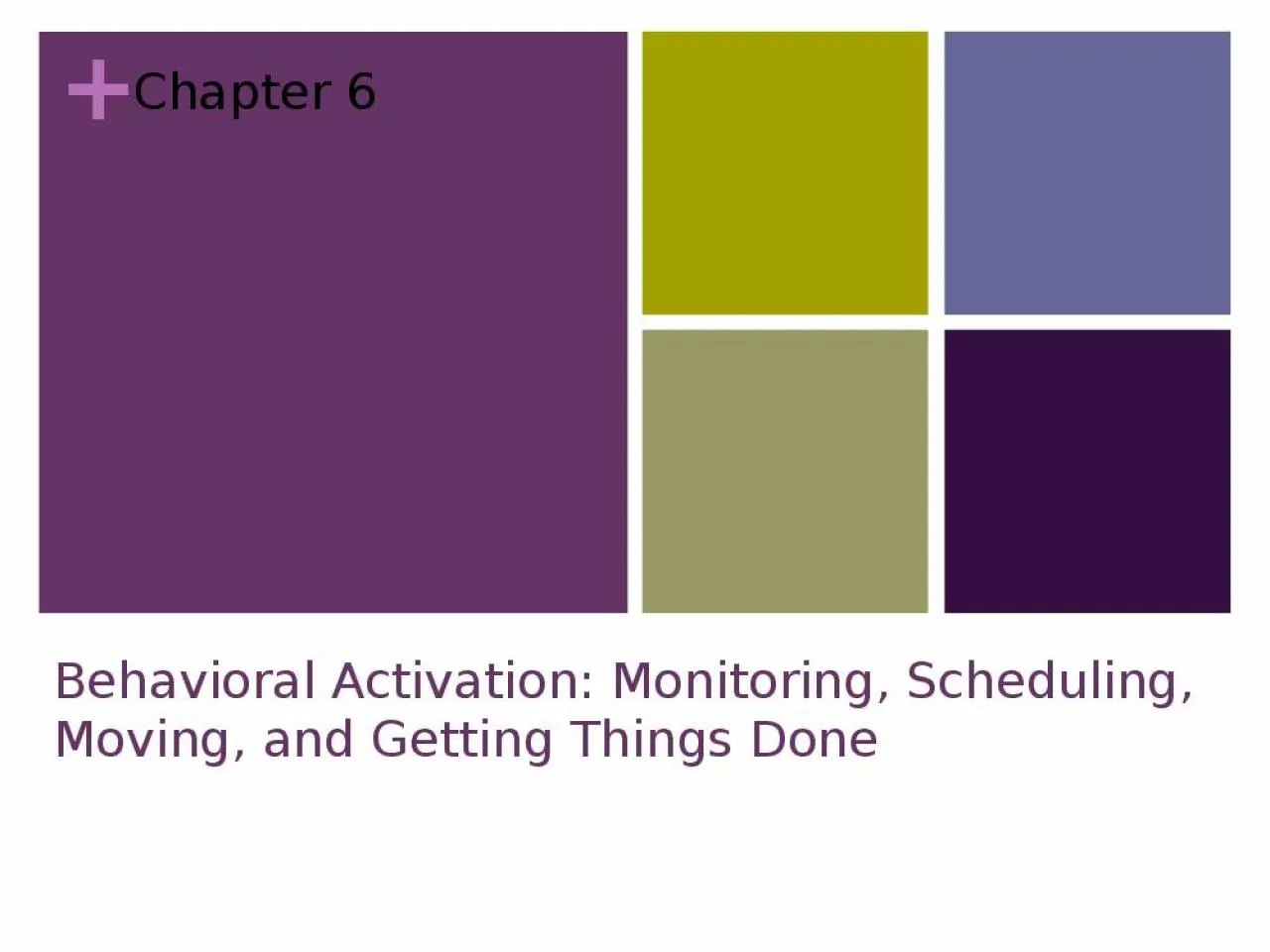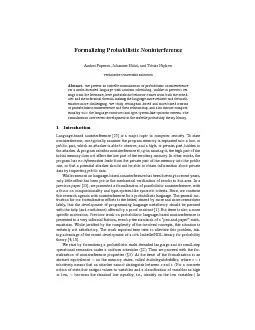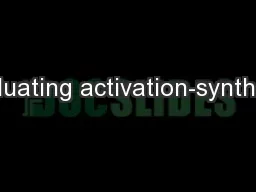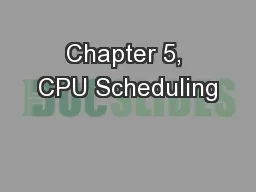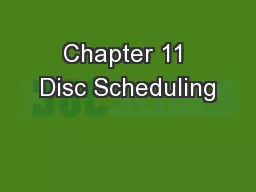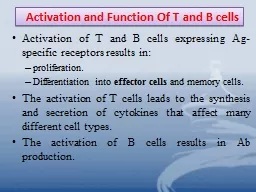PPT-Chapter 6 Behavioral Activation: Monitoring, Scheduling, Moving, and Getting Things Done
Author : paisley | Published Date : 2022-02-16
Behavioral Activation Behavioral Activation Beck et al 1979 included behavioral activation through activity scheduling as a key CBTspecific factor for the treatment
Presentation Embed Code
Download Presentation
Download Presentation The PPT/PDF document "Chapter 6 Behavioral Activation: Monitor..." is the property of its rightful owner. Permission is granted to download and print the materials on this website for personal, non-commercial use only, and to display it on your personal computer provided you do not modify the materials and that you retain all copyright notices contained in the materials. By downloading content from our website, you accept the terms of this agreement.
Chapter 6 Behavioral Activation: Monitoring, Scheduling, Moving, and Getting Things Done: Transcript
Download Rules Of Document
"Chapter 6 Behavioral Activation: Monitoring, Scheduling, Moving, and Getting Things Done"The content belongs to its owner. You may download and print it for personal use, without modification, and keep all copyright notices. By downloading, you agree to these terms.
Related Documents

